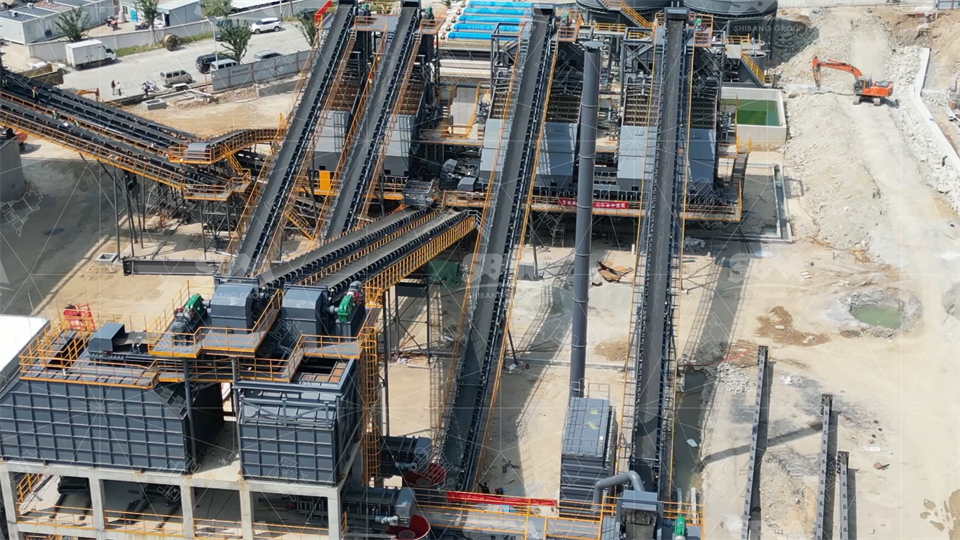
Selecting crushing gear is not about blind choice, it is a careful evaluation where throughput potential and electric requirement must hold equilibrium. In quarry & mining activities this balance has a big influence on productivity, running-expense,, and product-quality. With three decades of work in global trade I explain how to judge capacity–power relation for jaw devices, cone machines, and impact units, supported by field-measured information and service-logs.
A rock-breaker reduces bulky ore or stones by compressive force, impact,, or attrition action. Jaw units use a fixed and swing jaw applying compression; cone crushers employ eccentric spinning inside chamber; impact-crushers utilize high-speed rotors striking. Essential vocabulary include reduction-ratio,, CSS (closed-side setting), OSS (open-side-setting), stroke-speed. They decide feed dimension, grain outcome, and motor consumption. Example: a jaw 900×1200 mm deals with 220–450 t/h with motor 132–160 kW. That clearly demonstrates how output and energy-demand connect inseparably
Capacity varies due hardness, water content; and design. Jaw machines reduction-ratio often 4–6. Cone units make finer with 6–8+. CSS controls discharge; eccentric-speed alters flow. Motor matching is decisive: a small drive risks stoppage, an oversize leads wasted electricity. Logs prove jaw units consume 0.5–0.8 kWh/t, cones 0.4–0.7 kWh per ton. Failure events often arise from poor CSS tuning, overload condition; not only natural wear.
Modern equipment employ Mn-steel liners, oversize bearings, hydraulic set. Drives rely on electric motor plus belt,, gear or coupling. Frequency-converters enhance performance by tuning speed with load. Cone models with hydraulic system reduce stoppage 20% compared mechanical. Wear-part cycle 20,000–50,000 tons based on abrasiveness. Field proves lubrication plus scheduled replacement extend service beyond 5yr continuous run.
Crushers apply in aggregates, metal ore, cement plants,, waste recycle. Jaw units proper for primary stage of limestone, basalt, granite. Cone-machines apply to second & third stage of copper, iron-ore, quartz. Impact-units suitable for medium-hard limestone, coal, rubble. Choice requires knowing compressive-strength (granite 100–300 MPa), desired final 0–20 mm for sand. Climate and geology matter: in tropical humid zones, clay causes chamber choking; so chamber-profile selection essential.
In SouthEast Asia, jaw 900×1200 primary with ~380 t/h, feeding cone CSS 25 mm. Drive 160 kW jaw + 220 kW cone gave constant production 0–30 mm. Energy ~0.68 kWh/ton. Maintenance log: liner change every 3.5 months due silica. Proves that correct motor–capacity alignment prevents costly shut-downs
In northern iron mining, multi-cylinder cone used. Feed 0–300 mm; product 0–12 mm. Design 500 t/h, installed 280 kW. Energy audit 0.52 kWh/t, below average. Hydraulic adjust cut stoppage from 16 hr/month to 9 hr/month. Cold season needed oil-heating. Annual saving ~12%. Evidence: precise capacity-power balance reduces cost harsh climate
Urban demolition site used mobile impact. Rated 200 t/h, motor 132 kW, product 0–25 mm recycled. Consumption 0.61 kWh/t. Dust & noise system ensure law compliance. Maintenance 4+ months no serious faults. This confirms correct sizing and power-match reduces eco and operation risk in recycle works.
Below chart gives sample data for models:
| Machine | Throughput (t/h) | Drive (kW) | Energy (kWh/t) |
|---|---|---|---|
| Jaw 900×1200 | 220–450 | 132–160 | 0.5–0.8 |
| Hydraulic Cone | 250–600 | 200–280 | 0.4–0.7 |
| Impact Model | 100–350 | 90–132 | 0.6–0.9 |
Steps to keep balance between capacity & drive: 1) test feed size & hardness in lab. 2) Set target output dimension & tonnage. 3) Align equipment curve with demand,, avoid oversize >20%. 4) Verify motor efficiency, grid stability. 5) Plan wear-part cycle by abrasion. Decision charts and calc-tools help prevent mismatch that raise costs. In practice,, combining maker sheets and actual logs produces best outcome.
Balancing output and power in crusher choice is engineering discipline, not assumption. One must check reduction-ratio, CSS/OSS, motor fit, energy/ton. Real projects show optimized choice lower energy,, less downtime, bigger return. With hydraulic adjust, alloy liners, smart drives, present crushers allow tuning to site. My clear view after 30 yrs: align parameters well, you save years of running cost.
We value your feedback! Please complete the form below so that we can tailor our services to your specific needs.
